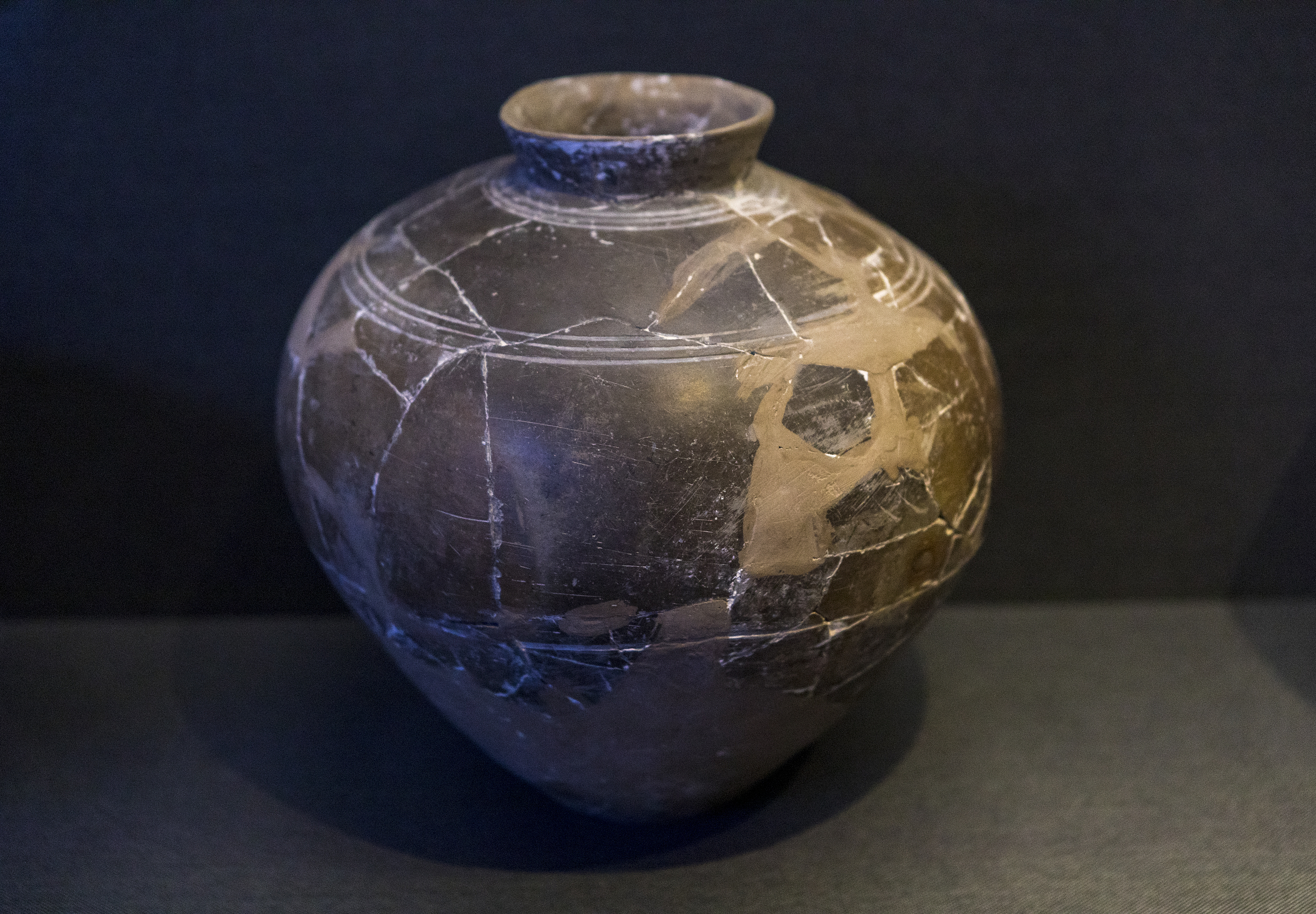Unique Acoustic Technology in Ancient China

A Neolithic pottery on display at the Dahe Village Ruins Museum in Zhengzhou city, Henan province. (PHOTO: VCG)
By ZONG Shihan
In his book Dream Pool Essays, Shen Kuo (1031-1095) documented an intriguing ancient Chinese practice of using cowhide arrow quivers as both storage for arrows and makeshift pillows. In addition, when these quivers were placed on the ground, their hollow interiors allowed people to hear faint sounds of individuals and horses several miles away.
When sound travels through solid materials, it can continuously reflect and reverberate if it encounters empty spaces, thus amplifying the sound.
In addition to cowhide arrow quivers, ancient Chinese also used buried pottery containers, such as urns, which also had empty cavities. By observing the amplified sound and varying sound intensity between neighboring containers, they could determine the direction of the sound source, proving invaluable intelligence for monitoring enemy movements. Inspired by these military techniques, musicians at ancient time placed pottery containers on their music room floors to enhance the soft tones of stringed instruments with reverberation effects.
Another invention of the ancient Chinese was the use of hollow bamboo tubes, stripped of their nodes, as a means of listening for underwater fish, similar to modern sonar. By submerging these bamboo tubes into the water and listening to the sounds produced by fish, they could detect the presence and estimate the quantity of fish.
Moreover, the ancients also developed sound insulation devices. By stacking empty urns with their openings facing inward, the sound was blocked from spreading outward, achieving effective sound insulation. During a critical political transition in the Ming Dynasty (1368-1644), a military advisor constructed soundproof rooms underground in the palace for the secret production of weapons. These rooms were constructed by tightly stacking pottery containers with their openings inward, successfully concealing sounds.
By modern technological standards, the amplified and muffling sound devices of ancient China may appear simplistic or flawed. However, the underlying spirit of scientific creativity serves as a wellspring of wisdom and inspiration for modern endeavors.






